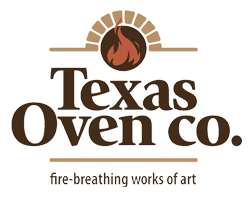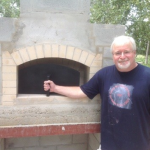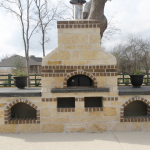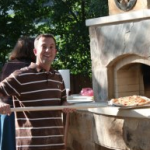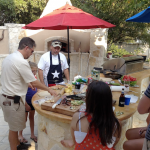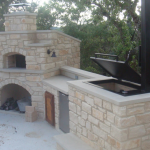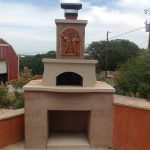Scoring Explained by Peter Reinhart, Famous Bread Artisan
In his excellent book artisan breads every day, Peter Reinhart explains the purpose of scoring. Scoring bread before baking releases some of the gas created by fermentation and “promotes proper oven spring” (p.29). Scoring improves the appearance of a finished loaf and creates more crust. By deft scoring, bakers create a distinctive “ear” or raised flap of crust that distinguishes particular breads. In general, hearth breads are scored to direct the expansion of a loaf and to make it attractive.
The scoring (docking) of bread has a history traced back to medieval France and the manorial economy. During the Middle Ages the docking of bread was about ownership and trust—not oven spring and attractiveness. French peasants living on the property of a Lord of the Manor were required to pay to use the lord’s mill, his winepress, and his oven. The lord appointed an oven master whose job it was to light up the communal oven once a week and bake everyone’s ration of bread. Because peasants lived close together in thatched huts, it was too dangerous for each family to have its own oven. The lord also benefitted from the fees charged for baking.
The economy of the hamlet was local, and people trusted one another. The community oven worked because everyone marked his or her loaves so there would be no misunderstanding of ownership.
It would be interesting to see the ancient patterns and docks.
